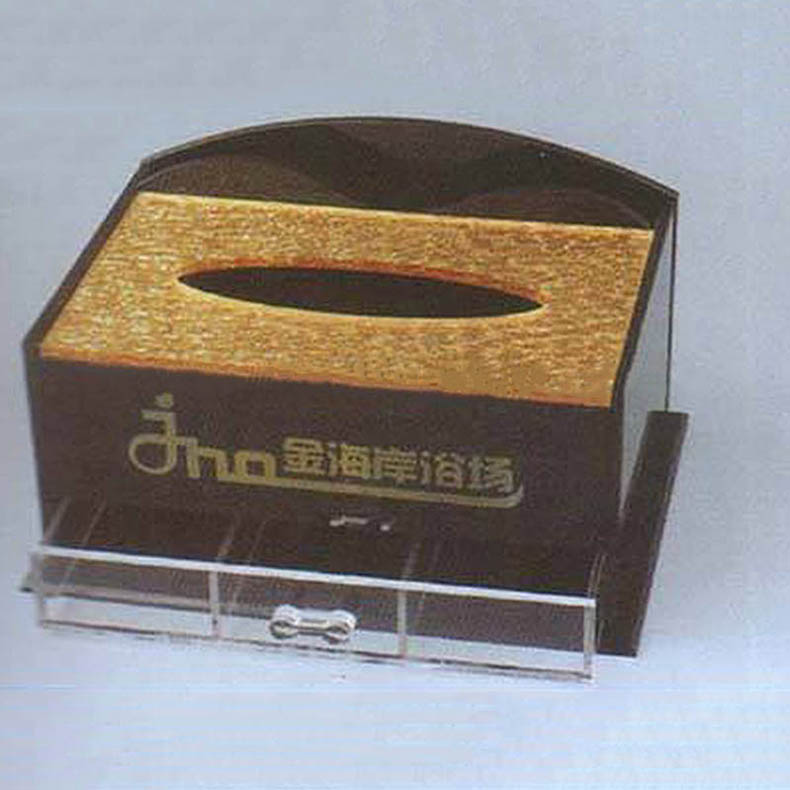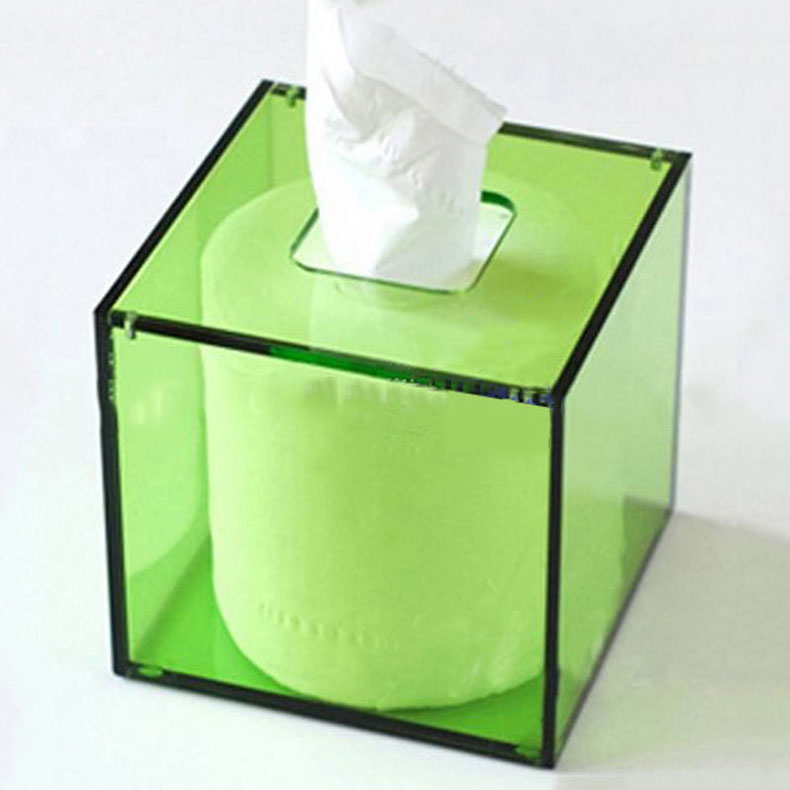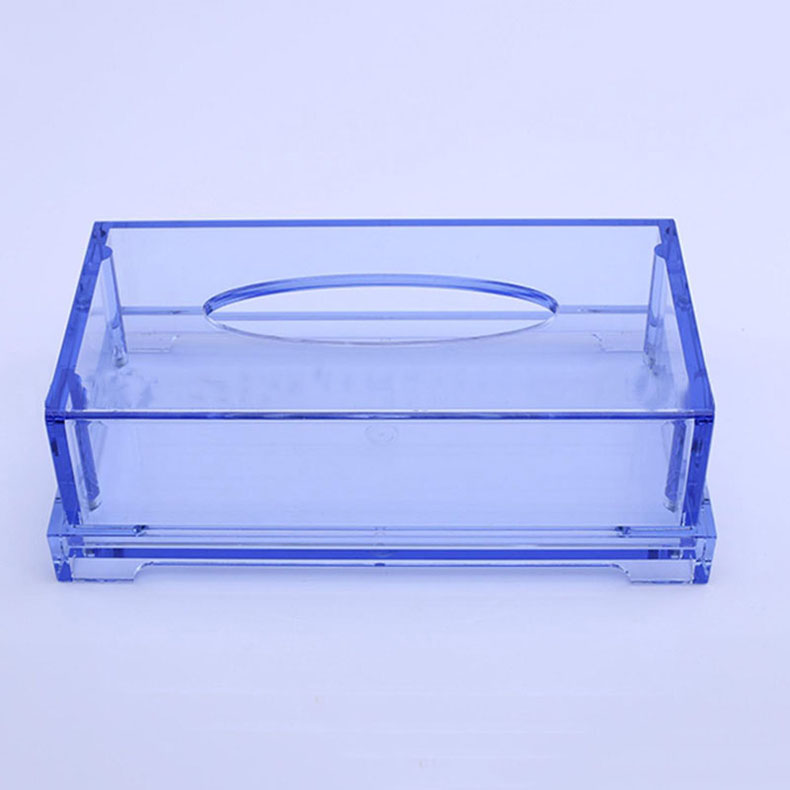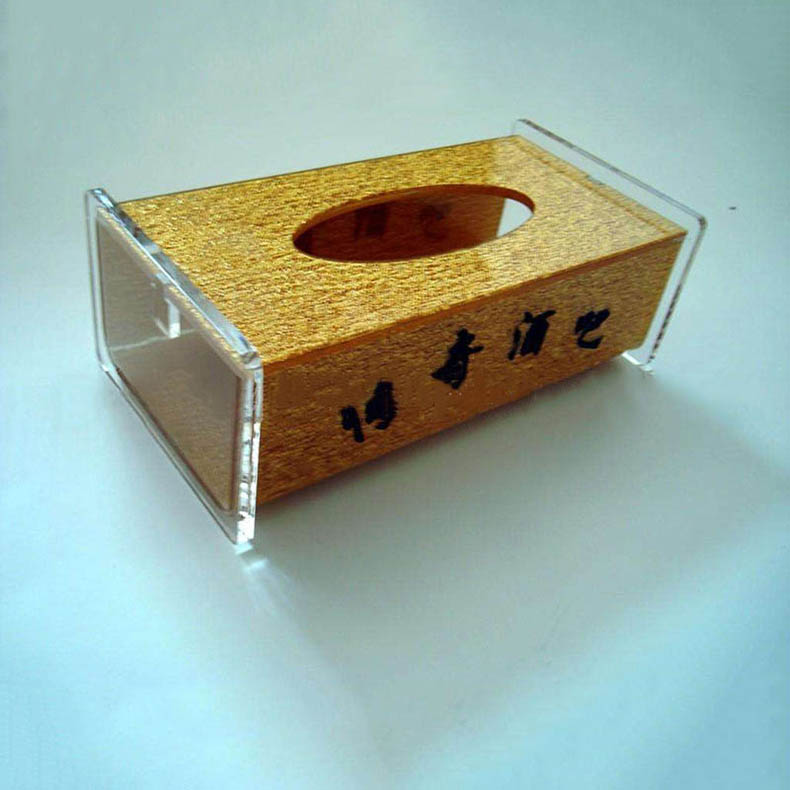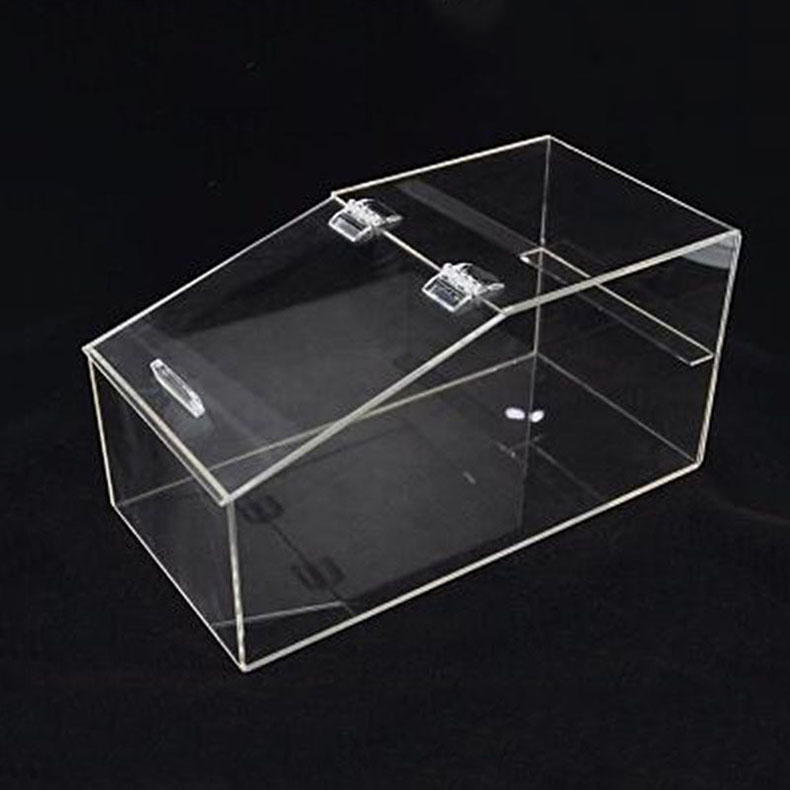Acrylic boxes with hinges are popular display items due to their transparency, durability, and aesthetic appeal. They are used in various settings such as retail stores, museums, and exhibitions to showcase products, collectibles, or artifacts. The process of making an acrylic box with hinges display involves several steps, from design and material selection to fabrication and assembly.
Design and Planning
The first step in making an acrylic box with hinges display is to create a detailed design. This includes determining the size, shape, and style of the box, as well as the placement and type of hinges. The design should take into account the item or items that will be displayed inside the box, ensuring that there is enough space and appropriate access. Computer - aided design (CAD) software is often used to create precise 2D or 3D models of the box. This allows for easy visualization and modification of the design before any materials are cut.
Material Selection
Acrylic, also known as polymethyl methacrylate (PMMA), is the primary material used for these boxes. There are different types of acrylic sheets available, including clear, colored, and frosted. Clear acrylic is the most common choice for display boxes as it provides maximum visibility of the contents. When selecting acrylic sheets, factors such as thickness, quality, and scratch - resistance should be considered. Thicker sheets are generally more durable and less likely to break, but they can also be heavier and more expensive.
Cutting the Acrylic
Once the design is finalized and the acrylic sheets are selected, the next step is to cut the acrylic into the required pieces. There are several methods for cutting acrylic, including sawing, scoring and breaking, and laser cutting. Laser cutting is the most precise and efficient method for creating acrylic boxes. It uses a high - powered laser to melt through the acrylic, resulting in clean, smooth edges. The laser can be programmed to cut the acrylic according to the CAD design, ensuring accurate dimensions.
Edge Finishing
After cutting, the edges of the acrylic pieces need to be finished. Rough edges can be sharp and may detract from the overall appearance of the box. There are several ways to finish the edges of acrylic, such as sanding, flame polishing, and buffing. Sanding is a common method that involves using sandpaper of different grits to smooth the edges. Flame polishing uses a flame to melt the surface of the acrylic, creating a glossy and smooth finish. Buffing involves using a polishing compound and a buffing wheel to achieve a high - shine finish.
Drilling for Hinges
Once the acrylic pieces are cut and the edges are finished, holes need to be drilled for the hinges. The location of the holes should be carefully marked according to the design. A drill press is often used to ensure that the holes are drilled straight and at the correct depth. The size of the drill bit should match the size of the hinge pins.
Assembly
The assembly of the acrylic box with hinges is a crucial step. First, the sides of the box are joined together using an acrylic adhesive. The adhesive is applied to the edges of the acrylic pieces, and they are carefully aligned and clamped together until the adhesive dries. After the box is assembled, the hinges are attached. This usually involves inserting the hinge pins into the drilled holes and securing them with screws or other fasteners.
Quality Control and Finishing Touches
After assembly, the acrylic box with hinges display undergoes a quality control check. The box is inspected for any visible defects, such as scratches, uneven edges, or misaligned hinges. Any minor imperfections can be corrected at this stage. Finally, the box may be cleaned and polished to enhance its appearance. It can also be labeled or have other decorative elements added, depending on the specific requirements of the display.
In conclusion, making an acrylic box with hinges display is a multi - step process that requires careful planning, precise fabrication, and attention to detail. From the initial design to the final finishing touches, each step plays an important role in creating a high - quality display that effectively showcases the contents. Whether for commercial or personal use, an acrylic box with hinges can provide an attractive and practical solution for displaying a wide range of items.



